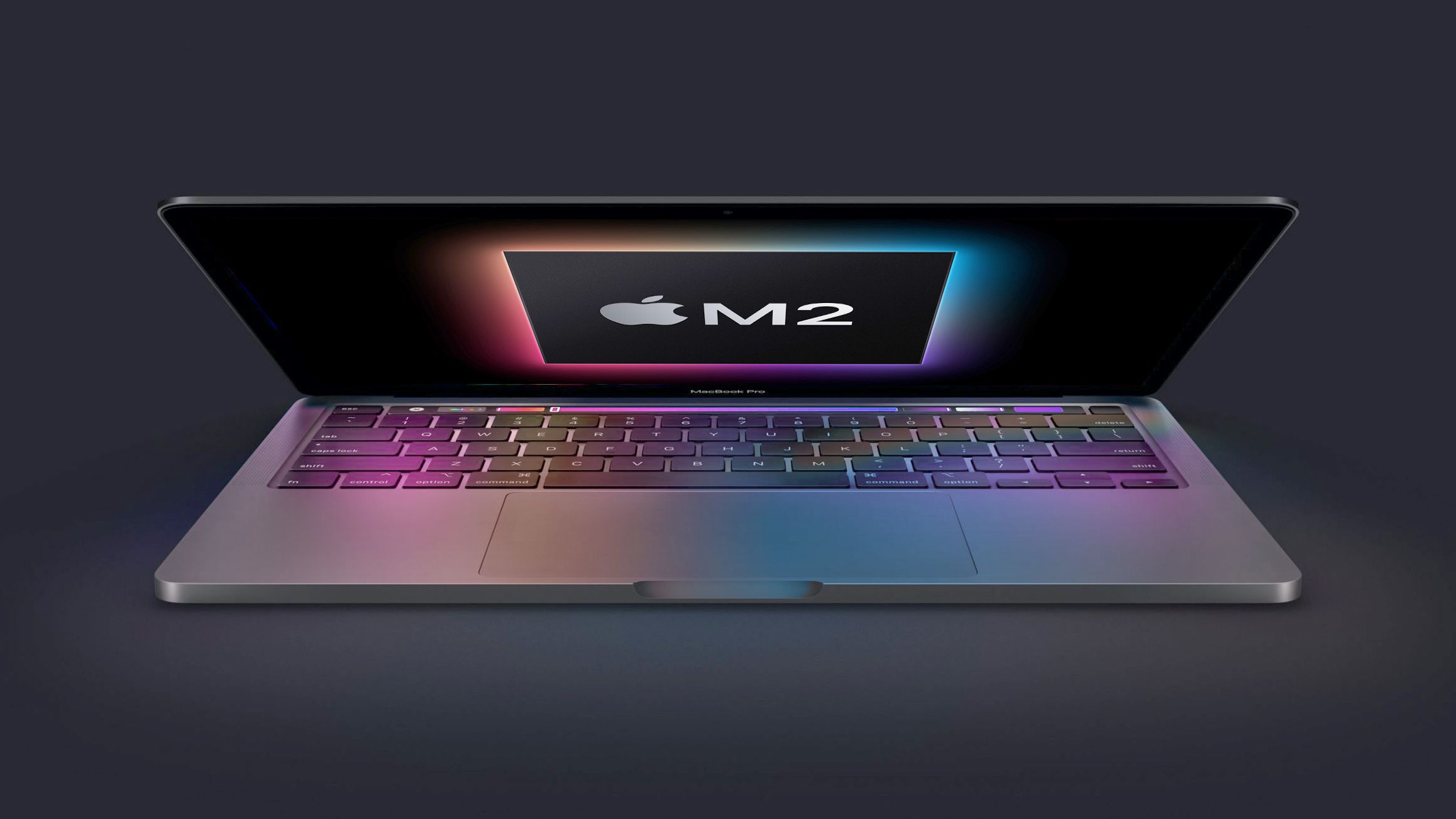I have a feeling the "chip manufacturers" and those that provide the raw materials to them are all playing a bit of a "COVID" squeeze game. Yes there have been disruptions, yes some raw materials have been hard to get, however the pipeline should be back up to pre-scandemic levels by now. Especially in the silicon segment. Contract manufacturers have much larger inventories to control, and they seem to be doing a decent job of getting in plastics, machined parts, stampings, etc., but have problems getting "the chips". Why is that?
It's the adhesives and silicon industries causing most of the problems. My theory, they're tired of getting squeezed over the last decade or so and now they're getting their revenge with price hikes and supply constraints. There's a limited number of silicon fab plants out there and the industry knows it. Right now they have the world by the {gender neutral body part}. Manufacturers are sitting on millions of dollars of work in progress they can't ship. This has got to end soon.
Semiconductors are a very cyclical business because of the multi-year timelines it takes to get new capacity online. When there are shortages prices and profits surge to high levels and lots of capital is invested in new plants, but it takes years to have effect. When most of the new plants come online they massively increase production capacity. This then leads to competitive free for alls where chip prices are slashed to allow for little to no profit margins. Then future investment is curtailed, until guess what happens?
This is all why Intel is being really dumb about trying to compete with TSMC. There are hundreds of billions being spent on new fabs right now, its not going to end well for anyone other than Apple, because they'll be getting chips at cost in about three years.



